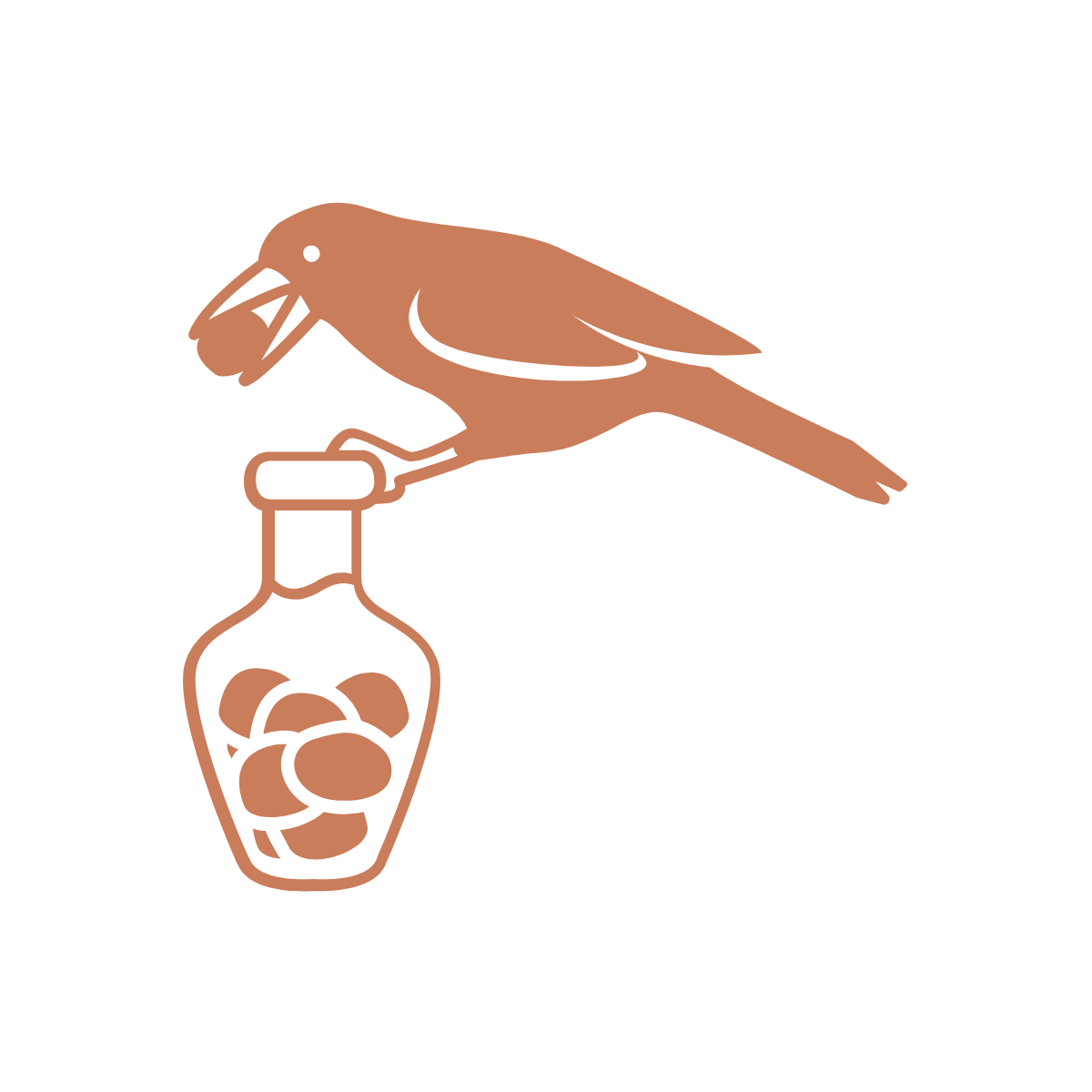About
“If we follow disciplinary habits of tracing disciplinary-defined causes through to the corresponding disciplinary-defined effects, we will miss all the crucial intra-actions among these factors that fly in the face of any specific set of disciplinary concerns.”
I am a Professor in the Department of English at Saint Louis University, where I also coordinate the Writing Program. I am likewise an Associate Director of the University Core overseeing the Eloquentia Perfecta: Written and Visual Communication component.
I earned my Ph.D in Rhetoric and Composition at Purdue University. My primary area of research and teaching is rhetorical theory and composition, with specializations in technical and professional communication, new media and public rhetoric.
I live in St. Louis, MO, with my wife Jodi and our two children, William James and Scarlett Rose.
Craft Communication by m.e.g
Research Agenda
My research articulates rhetorical activity beyond the model of rhetoric as discrete, autonomous human individuals engaging in rational, discursive deliberation. Rhetoric has traditionally been concerned with both agents and agencies: our abilities to move others to action by means of persuasion. Historically, this “our” has been human and this “persuasion” has been symbolic or discursive. That is, rhetoric is people getting other people to do things by means of speech, writing, and other forms of symbolic action (e.g., music and math). Recent work in rhetorical theory has begun to question this basic understanding of rhetoric. Following what we might call the posthuman turn in rhetoric (which resonates with similar turns in literary studies, philosophy, political science, and sociology), I am increasingly interested in ecological rhetorics wherein rhetoric is produced between and among bodies, human and nonhuman, through both discursive and non-discursive activity. More specifically, my research addresses posthumanism’s import in areas of rhetorical theory such as environmentalism, technology, and public rhetoric. This short piece on infrastructure, Google Maps, and art that serves as a representative anecdote of this work (the illustration to the right was commissioned for the piece). Running through all of my publications is an understanding of rhetoric as a practice and a field of study that always exists alongside various scientific and humanistic disciplines. For more details about my research, please visit the current projects and recent publications pages.
Why the crow? Why the jar?
The image of a crow adorns this site because of its association with a founder of ancient Greek rhetoric, Corax of Sicily, whose name means "crow." It is possible, however, that “Corax” was a nickname given to Tisias, another sophist, because he cackled in public like a crow [read a little more here].
The jar in which the crow is placing things captures both that crows do in fact collect things (and often give them as gifts) but also resonates with Ursula Le Guin’s “Carrier Bag Theory of Fiction,” an essay which increasingly informs my engagement with rhetoricity. In that essay, Le Guin draws from Women’s Creation, wherein Elizabeth Fisher writes, “The first cultural device was probably a recipient...Many theorizers feel that the earliest cultural inventions must have been a container to hold gathered products and some kind of sling or net carrier.” Of this Le Guin writes, “long before the useful knife and ax; right along with the indispensable whacker, grinder, and digger—[...]—with or before the tool that forces energy outward, we made the tool that brings energy home. It makes sense to me” (151). With this Le Guin composes a theory of fiction wherein “the natural, proper, fitting shape of the novel might be that of a sack, a bag. A book holds words. Words hold things. They bear meanings. A novel is a medicine bundle, holding things in a particular, powerful relation to one another and to us” (153).
Here are two great bags containing crows:
“I suppose if the people were to describe the Crows to themselves, they might say that the Crows are like a black scarf drawn over the sky reaching from beyond the horizon to the mid-heaven. But the Crows don't see themselves in that way; they don't see themselves as a veil or a mantle or a black bearskin, they see themselves not as a mass but as many: each of them is one, one amid others, keeping a careful distance, never touching, each one able to see where all of them go.”
-John Crowley, KA





